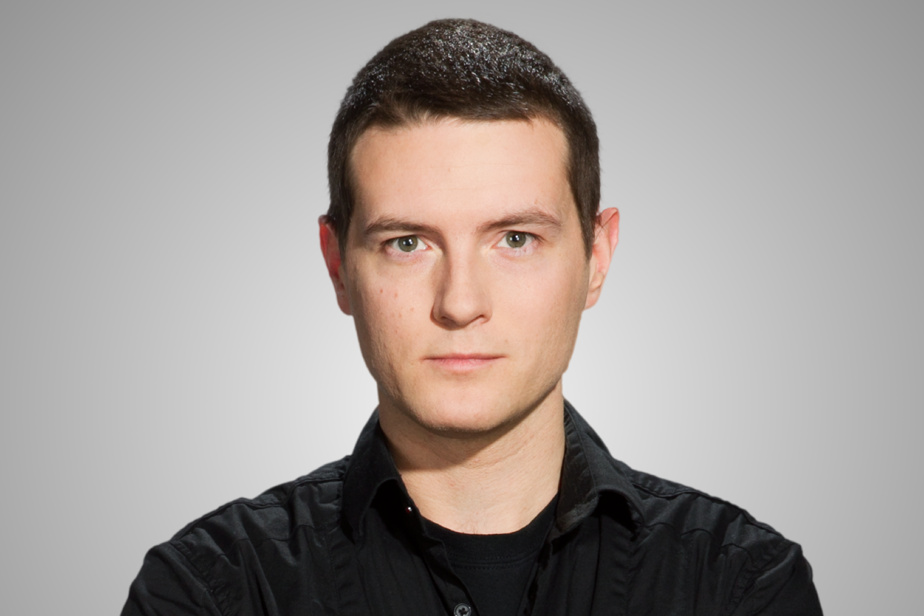The question is not whether to build a very first secure bike path in Parc-Extension.
This track, which will connect many parks and schools in the neighborhood and allow cyclists to ride without fear of being carried away, is necessary. Again this month, a cyclist was fatally hit by a truck in Montreal.
The question is rather to know if it is possible to make such projects without each time raising an outcry. Has the City done everything to properly inform residents and minimize inconvenience?
In the case of Parc-Extension, we are not faced with a botched project. If it seems to surprise many, this project was already included in the 2019 Bike Plan. It was also included in the “2023-2027 Bike Vision Plan” unveiled last year.
In the spring, pamphlets were distributed to residents and an information session was held.
We are far from the cowboy attitude of the Plante administration which, during the pandemic, had deployed “safe active ways” to promote physical distancing by considerably shaking up the habits of citizens.
Flooded with complaints, the Ombudsman de Montréal then gave birth to recommendations for future similar developments.1.
In light of this document, it seems that, in general, good practices were followed in Parc-Extension. One can nevertheless wonder if there is not a need to do even better to try to attenuate the unfortunate aversion of certain residents towards bicycle paths.
***
To those who find that “bicycles take up all the space in Montreal”, we should point out that in the borough of Villeray–Saint-Michel–Parc-Extension, the proportion of roads dedicated to this purpose is only 1.3 %, compared to 70% for the car, 23% for pedestrians and 2.2% for public transport2. The numbers are essentially the same for the entire city of Montreal.
It’s not much, knowing that the bicycle represents 3.3% of trips in Montreal, as we wrote recently3. What we are witnessing is therefore a very slight rebalancing.
The other argument often heard is that the cycle paths are not used. Just take a walk on the REV Saint-Denis, on De Maisonneuve, on Bellechasse or along the Lachine Canal at rush hour to see how false this is.
Served only by bike lanes that do not protect cars, the residents of Parc-Extension are perhaps not so fond of cycling. But let’s build them real tracks on which children and the less adventurous will feel safe and we’ll see what we’ve seen everywhere else: cyclists will come.
There remains a more sensitive point, and it occurs when the development of cycle paths leads to the loss of parking spaces. This is what will happen in Parc-Extension with the withdrawal of 250 spaces.
Yes, we are trying to reduce the number of cars in Montreal. But we nevertheless understand motorists to feel rushed. This is all the more true since in a neighborhood like Parc-Ex, there is a certain cultural shock between long-time residents and those who arrive there with a new vision.

This is why the City has a duty to properly explain bicycle path projects. In the case of Parc-Extension, the opposition represented by Ensemble Montréal (also in favor of secure tracks) claims to have received no responses to requests for information. That is problematic.
One can also wonder if it is possible to think “outside the box” in order to soften the pill for those affected. In Parc-Extension, large parking spaces are free in the evening around the businesses and warehouses on Avenue Beaumont. Couldn’t they be used by citizens?
Some will always see bike paths as the embodiment of the devil himself, no matter what the City does. This does not change the fact that we must work to ensure that their implementation is done as harmoniously as possible.
